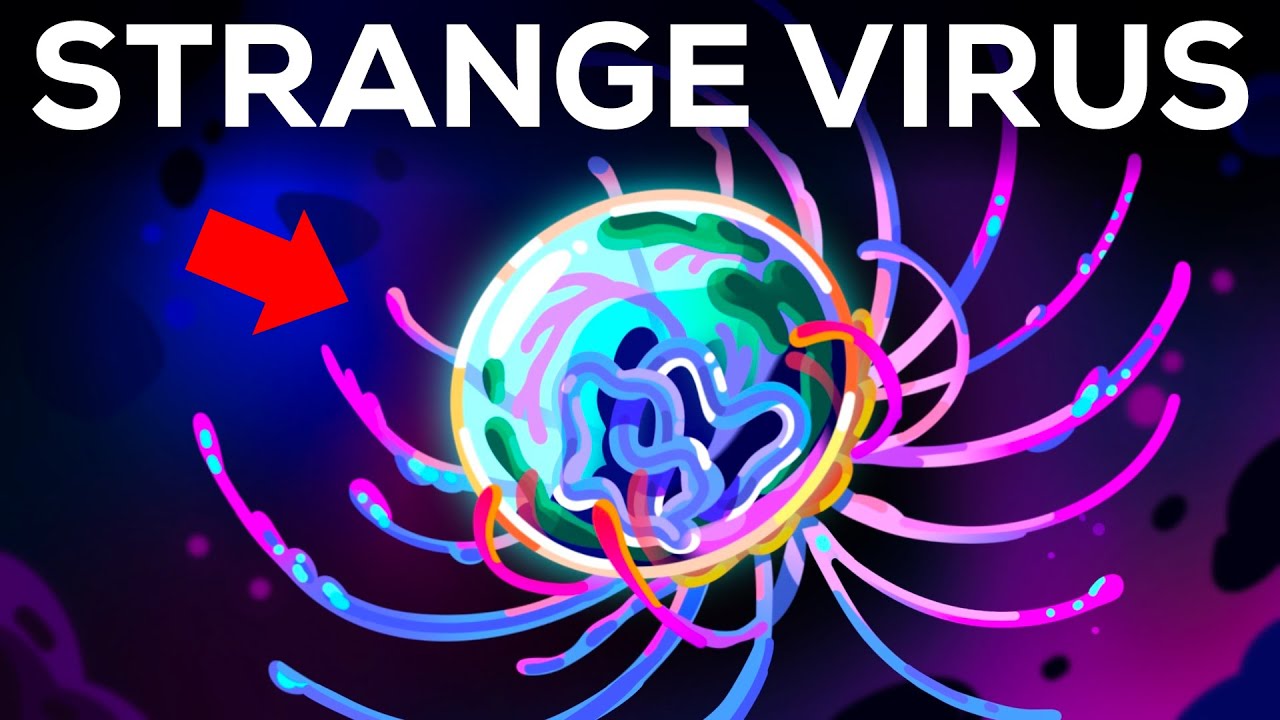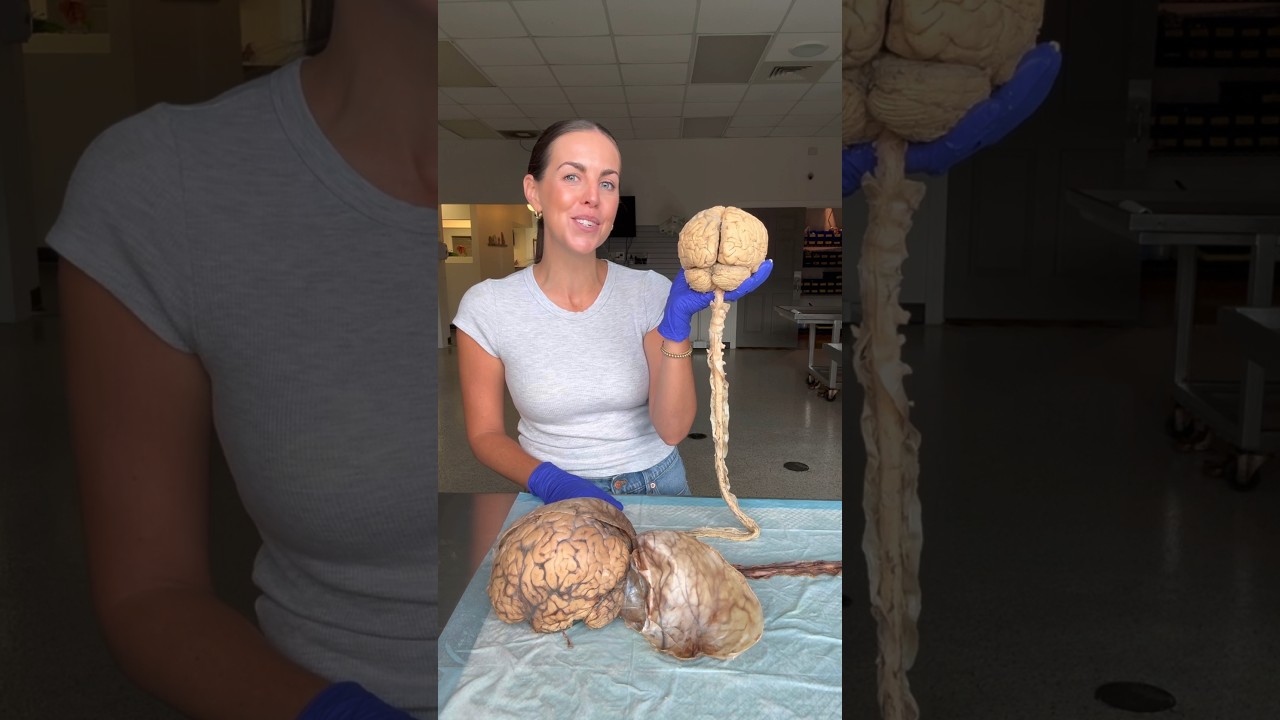Science is here to solve mysteries about your life, the Earth, and even the universe. But that doesn’t mean we’ve figured out everything yet. There are a lot of mysteries that science still hasn’t solved, like everything in this compilation.
Hosted by: Savannah Geary (they/them)
———-
Support us for $8/month on Patreon and keep SciShow going!
https://www.patreon.com/scishow
Or support us directly: https://complexly.com/support
Join our SciShow email list to get the latest news and highlights:
https://mailchi.mp/scishow/email
———-
Huge thanks go to the following Patreon supporters for helping us keep SciShow free for everyone forever: Eric Jensen, David Johnston, Alan Wong, Cye Stoner, Bethany Matthews, Adam Brainard, Friso, Matt Curls, Chris Mackey, Garrett Galloway, J.V. Rosenbalm, Toyas Dhake, Reed Spilmann, Jeremy Mattern, Jaap Westera, Chris Curry, Blood Doctor Kelly, Lyndsay Brown, Kevin Bealer, Piya Shedden, Joseph Ruf, Steve Gums, Jason A Saslow, Kevin Knupp, Alex Hackman, Chris Peters
———-
Looking for SciShow elsewhere on the internet?
SciShow Tangents Podcast: https://scishow-tangents.simplecast.com/
TikTok: https://www.tiktok.com/@scishow
Instagram: http://instagram.com/thescishow
Facebook: http://www.facebook.com/scishow
Bluesky: https://bsky.app/profile/scishow.bsky.social
#SciShow #science #education #learning #complexly
Original Episodes:








Why is every explanation climate change? There's no evidence to suggest the siberian gas craters have anything to do with global warming at all.
There's no way that a boundary between two tectonic plates is going to form a perfect arc. It's definitely a crater of some sort, with the evidence washed or buried under sediment. Probably a very old crater.
quartzite on anjuan was probably lifted from the bottom of the seabed while the volcanic island was building itself up.
Gravity isn't real, it is just the momentum of the earth against our feet.
Life as we know it probably started near the equator so it stands to reason that’s where most of the overall generic diversity would remain
256k views and only 272 comments??!!
1:30 I wouldn't necessarily say it's fully solved, but there's new research out that Anton Petrov (and I think GeologyHub) has a video on that talks about these being caused by the interaction of hot gasses below the permafrost from geological activity making its way close to the surface and reducing the integrity of the above frozen soil until it pops off in an eruption.
why does the equator has more life?
spontaniously i would say "most stable climate"!
i mean, if creatures never have to deal with freezing temperatures, biodiversity can florish all year around!
only for us technologial humans, the "change" was good, because it forced us to use our brains to make it habitable through technology with our bigbrains!
The boom in multicellular life segment is really about animals specifically. Something that is interesting is that if you look at molecular clocks, you see that the last common ancestor between all animals and choanoflagellates (our closest unicellular relatives) was about 800 million years ago. The last common ancestor of all living animals was somewhere around 600 million years ago. In the intervening period, at least 7 whole genome duplications, and three major signalling families that are all crucial to animal embryonic development (Wnt, Sonic Hedgehog, and TGF-beta/BMP) all emerged specifically in the animal lineage. It's hard for biological systems to make new genes, and it's even harder to make new signaling pathways because you need multiple genes to start working together in new ways. It's also a great chicken and egg question because if the organisms were not yet multicellular, where was the selective pressure to assemble these pathways, but if they were already multicellular, how did they achieve it without the pathways? Something crazy was happening in the animal lineage between 800 and 600 million years ago, and the fossil record has basically nothing to say about it – both the Ediacaran and cambrian explosions happened shortly afterwards. During most of that period the atmosphere had relatively low oxygen and the earth froze a bunch of times. It also comes right after the so-called "boring billion". My best guess is that the animal ancestors during this period were experimenting with multicellularity on a tiny scale – but such a fascinating period of life's history and so shrouded in mystery.
Please SHOW THE THING your are talking about instead of just putting words on the screen! Wtf is this a read along? Terrible